Share This Article On Social Media:
Explore Similar Categories:
Republished with permission from the Southside Sentinel.
During the 2019 Urbanna Oyster Festival, held Nov. 1-2, The Fairfield Foundation will conduct an archeological dig in the backyard of the colonial Gressitt House on Virginia Street.
The Foundation had a preliminary dig last fall in the backyard and on the last hole of the day found a corner of a brick foundation. Archeologists plan to start at the point where they left off. Access to the site will be through the rear of the town museum property, and visitors are welcome.
The Gressitt House is steeped in Urbanna tradition and history. The house is believed to have been built between 1740-50 and is listed as an early 18th-century dwelling in the Historic American Buildings Survey filed at the Virginia Historic Landmark Commission.
The “Historic Buildings In Middlesex County, 1650-1875” book published in 1978 states that “some residents of Urbanna remember when a small plaque hung on the wall behind the front door commemorating William Clark’s departure from this house in 1803 to join Meriwether Lewis for their expedition westward.” Legend has it that he was the guest of a great aunt at the time, and Clark etched his initials in a window pane.
This has led Jonathan Bastian and others to try to determine the accuracy of this because if Clark left from the house, Urbanna would then be a significant part of Virginia’s Lewis & Clark Trail. Research, however, has not specifically tied Clark or Lewis to the house.
While looking for Clark’s great aunt it was soon learned researching his pedigree would prove to be quite difficult since he was from King and Queen County and King and Queen is a “burn county,” meaning its colonial records were sent to Richmond, Capital of the Confederacy, during the Civil War, and were burned by Confederate troops as they left the city for Appomattox in 1865, said Bastian.
With the help of a genealogy researcher Jim Miller, there is no evidence Clark was ever in Urbanna prior to the expedition and no evidence he was here afterwards, said Bastian.
The timeline of events and letters between Lewis and Clark began in June 19, 1803 when Lewis was in Washington and wrote Clark in Clarksville, asking him to accompany him on the expedition. The two men rendezvous on October 14, 1803 in Louisville, Kentucky, to begin making preparations and acquiring men and supplies for the expedition. There is little likelihood that either Clark or Lewis were in Urbanna during that time period, said Bastian.
The research revealed that Clark could not have possibly made the trip during the time period to Urbanna and returned to Louisville. There is a lapse of unaccounted time, but he would have needed to travel 45 miles per day every day to make the round trip, virtually impossible in that time on horseback, said Bastian.
“When looking for Clark’s great aunt the thought occurred to me, why not look up Lewis’ pedigree as well. I already knew Lewis had come from King and Queen, Gloucester, and Middlesex counties,” said Bastian. “I had recently started studying details and marking the gravesite of the first Lewis immigrant who came over from Wales and died in 1689. My best guess was Meriwether must have come from this same family line,” he said.
“I gave Dr. Gus Lewis of King and Queen County a call and he affirmed Meriwether was a descendant of the original John Lewis Jr. of Wales, as well as many other notable Virginians!” continued Bastian. “After completing his pedigree and Clark’s, I was familiar with names associated with these men which helped piece the puzzle together. The question arises are any of these relatives even possibly related to owners of the Gressitt House?”
The writers of the Historic Buildings in Middlesex County, 1650-1875 had already pieced together ownership of the Gressitt House. The house was owned in 1803 by George Dillard and conveyed to William Blake in 1804. Dillard died in 1804. In researching Dillard’s pedigree it was discovered his mother was Mary (Lewis) Dillard, married to Nicholas Dillard.
Miller has become more interested in a possible Lewis connection, said Bastian. He suggests linking this Mary (Lewis) Dillard through John Lewis Jr. from Wales.
“It is plausible, although not positively documented, that Mary (Lewis) Dillard could have been a sister to Meriwether Lewis’ greatgrandfather . . . she could have been alive prior to Lewis and Clark’s departure on the expedition,” Bastian said.
Did Lewis possibly come back this way and the tale got mixed up over the years that Lewis rather than Clark visited Urbanna? Taking us back to the initials scratched in the windowpane, there are a set of initials that correlate to Clark’s son, Meriwether Lewis Clark, but doubtful he in fact left them, said Bastian. This could have confused the storytellers over the years.


